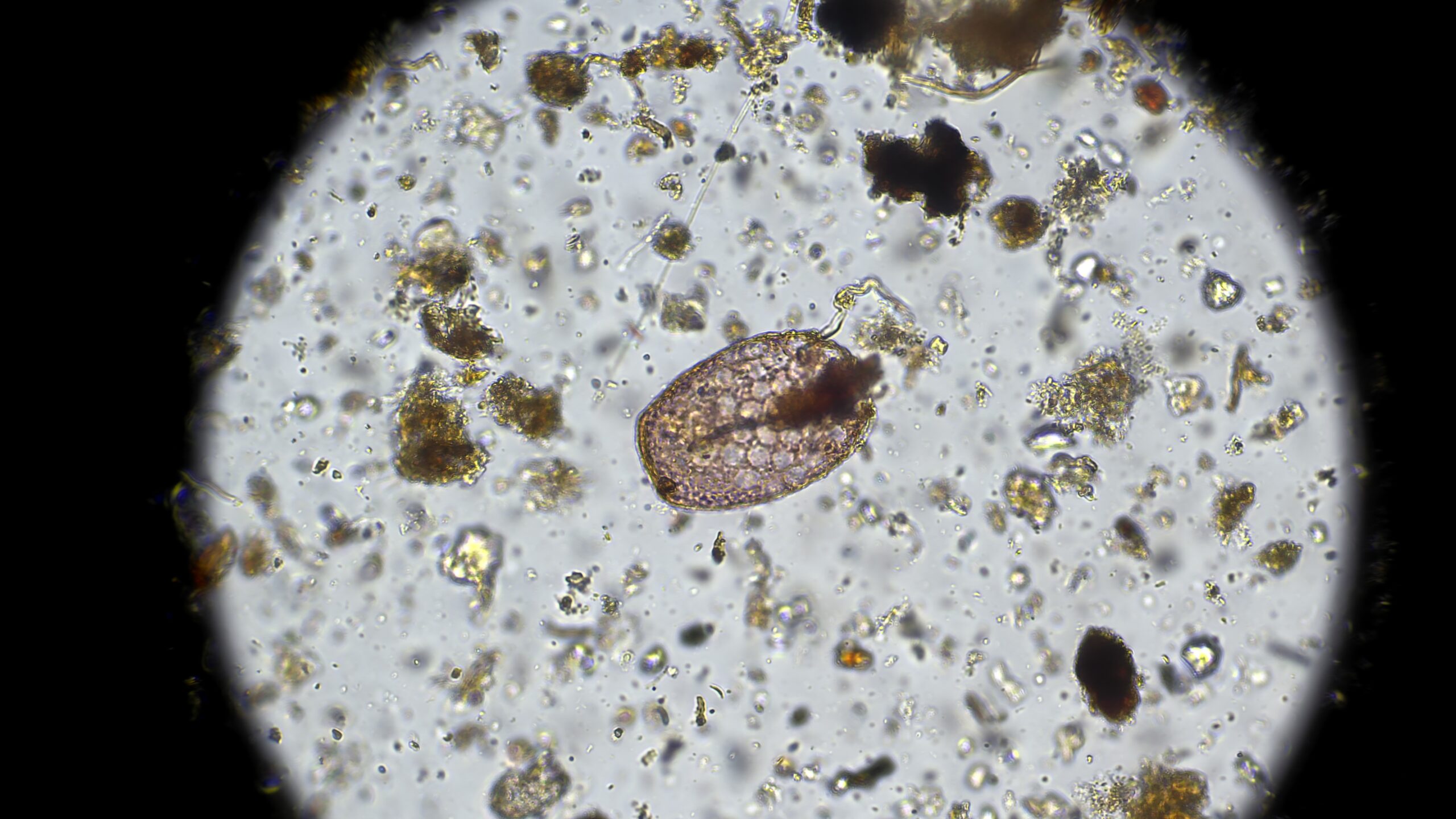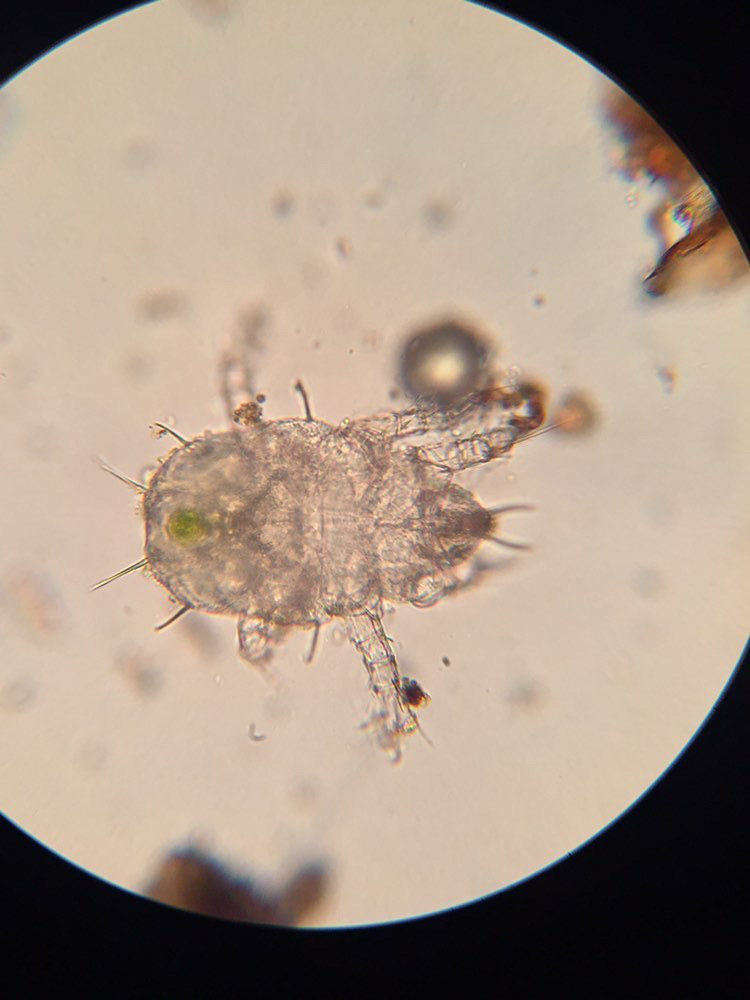
Biological Assessment with Microscope
We offer foliar applications and root-zone injections as a service.
Qualitative Assessments
Qualitative assessments will give you an estimate how many fungi, protozoa, and nematodes are in your soil. (We can also check worm castings and compost.) If we spot possible issues, we will let you know. Anaerobic conditions and root-feeding nematodes are some common issues that we can warn you about. (Here’s an image of a root-feeding nematode called a ring nematode, if you’re interested!) The data from the assessments will come to you in a table, as an approximation of organisms per gram of soil.
Quick Check Assessments
Quick check assessments are more economical and give you a peek at your microbes. The report is a simple explanation of what we see when we put your soil under a microscope. (Again, we can also check compost or worm castings.) You’ll receive 3-5 images with explanations of what you’re looking at. You’ll also get a table with a ranking of “high, medium, low, or not present” for fungi, protists, and nematodes. And, of course, we’ll note any possible issues we see.
Micro-Photo Shoots
Micro-photo shoots can provide plenty of videos and still images of your soil/compost/worm casting life under the microscope. These images will provide a way for you to watch your soil transform over time. You can use these images to promote your business, and they’re fantastic for social media content. You can also use them as educational tools if you’d like.
Want to know more about Microscopy?
Using a microscope to assess soil health is called “microscopy,” or “direct microscopy.” Sometimes it is referred to as “direct counts.” The lenses of a microscope create a magnified image of an illuminated sample. This magnification is usually around 100x to 400x, allowing us to see even single-celled creatures.
Microscopy can help measure the levels and diversity of microbes and animals from multiple trophic levels in the soil. This can include:
- Fungi
- Bacteria
- The ratio of fungi to bacteria (F:B)
- Types of nematodes
- Protozoa such as
- Amoeba
- Flagellates
- Ciliates

How does Fungi to Bacteria Ratio help you?
“Many plants have preferred a preferred fungus to bacteria ratio,”
If you know what your ratios are, you can better prepare your crops by knowing which numbers you need to boost. We are happy to help offer pointers on how to boost your numbers and see soil success in your own garden or crop.
“Most vegetable crops prefer more bacteria with a F:B ratio of 0.3 to 0.8 F:B which is optimal for carrots, lettuce, broccoli, and cole crops. Tomatoes, corn, and wheat prefer an F:B ratio of 0.8 to 1.1. Lawns prefer an F:B ratio of 0.5 to 1.1, and on forested soils, trees grow better with a F:B ratio of 10:1 where the soil is more acidic.”
